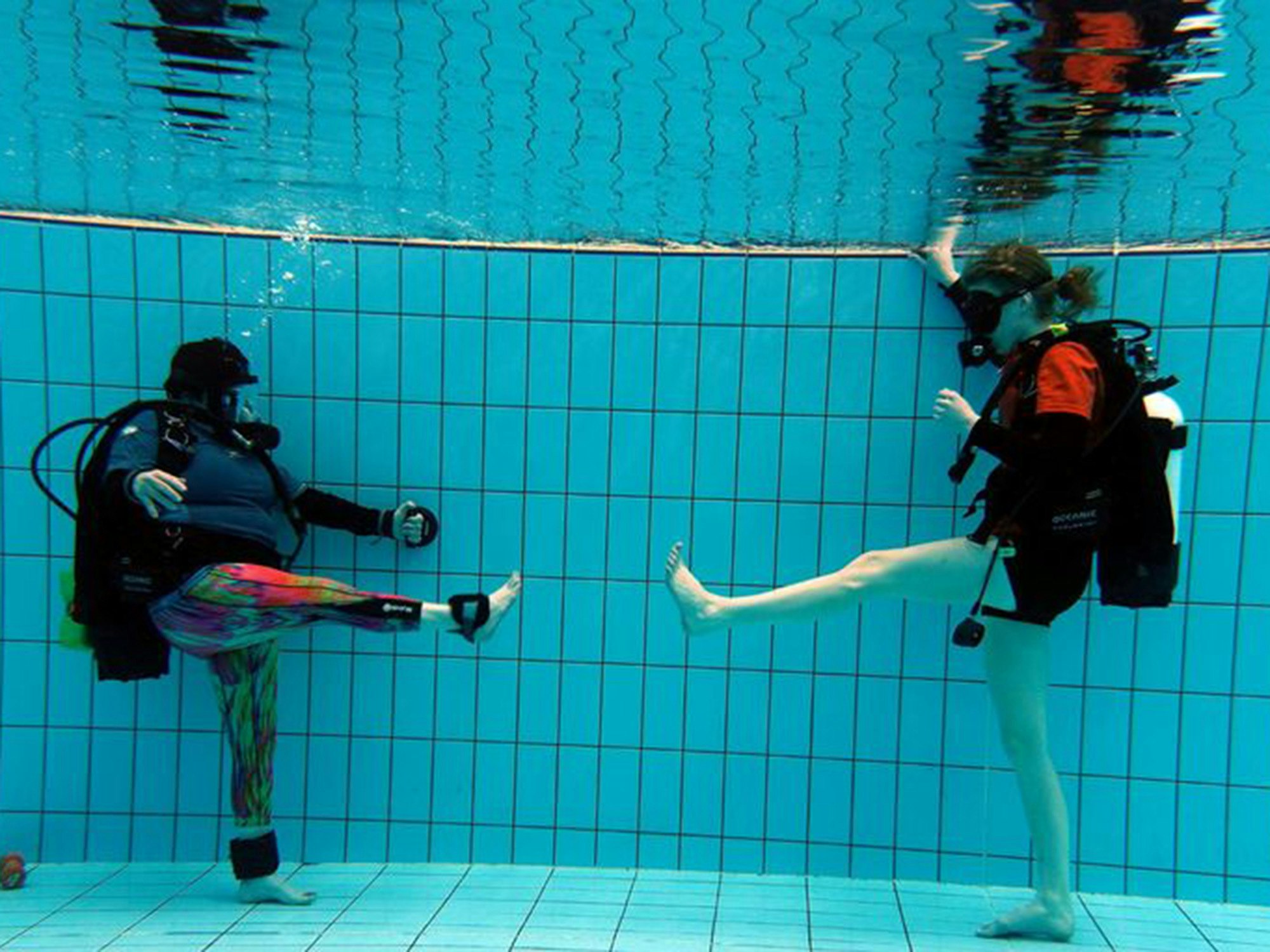Feeling weightless in immersion therapy
Last updated

Many Australians love the water with swimming, surfing or even scuba diving a favourite pastime for many. Now, the experience of weightlessness in water is being utilised for therapeutic purposes to bring joy to people living with disability.
Key points
-
Immersion therapy can help with injuries and mobility issues
-
The aim of the therapy is to offer freedom of movement underwater to people with disability
-
Depending on your NDIS funding, you may be eligible to have the therapy covered
One of the newest treatments for injuries, mobility issues and people with disability, it really defies the laws of gravity!
Immersion therapy is bringing a world of happiness to people by allowing them to safely and freely move in water.
Where being on land can have its restrictions, underwater, those barriers aren’t so difficult.
Immersion therapy is gaining recognition nationally and internationally for people with injury or disability.
The treatment involves an individual in water, in most circumstances in a pool, utilising scuba equipment for full immersion underwater.
The aim of the therapy is to offer freedom of movement underwater, for something different and fun, and to be active in an environment that is completely weightless.
Immersion therapy is different from hydrotherapy purely through the level of immersion of the individual. Hydrotherapy isn’t fully underwater, compared to immersion therapy.
Who benefits from immersion therapy?
There are many people, both young and old, that can benefit from this special treatment.
People with physical and/or intellectual disabilities can find great enjoyment from immersion therapy.
Whereas people with injuries, either mild or severe, can find the therapy a form of rehabilitation from the low-impact and low-resistance nature of water.
People who would benefit from immersion therapy include:
-
Those with complete or incomplete spinal cord injuries
-
People with amputations
-
People with acquired brain injuries
-
Those with neurological conditions, like Cerebral Palsy or Nero Paraplegia
-
People with Autism
-
People with mental health issues
-
Those with Dwarfism
-
People in post-surgery recovery
-
People with backaches and sprains
-
Those with workplace injuries
What are the benefits of the treatment?
Immersion therapy can help in a lot of different areas, depending on what goals you are intending to achieve through the treatment.
Physically, immersion therapy can improve your mobility and movement, condition and strengthen muscles, improve coordination, increase energy levels, and even reduce medication intake.
The treatment is also a great way to increase confidence and improve health and wellbeing, while increasing community participation and improving social skills. Many participants report heightened happiness after a session.
Will the NDIS fund it?
Depending on your National Disability Insurance Scheme (NDIS) funding, you may be eligible to have the therapy covered in your plan.
Some providers are registered as an NDIS provider and can service NDIS participants with specific support category funding, including therapy support for individuals, learning and life skills development, and recreational/holiday programs.
To participate in immersion therapy, you will need to have a medical assessment to make sure you are capable of being involved in the therapy.
What are your thoughts about immersion therapy? Tell us in the comment section below.
Related content:
Importance of sleep for people with disability
Applied Behavioural Analysis (ABA) Therapy
Recreation, sport and the NDIS